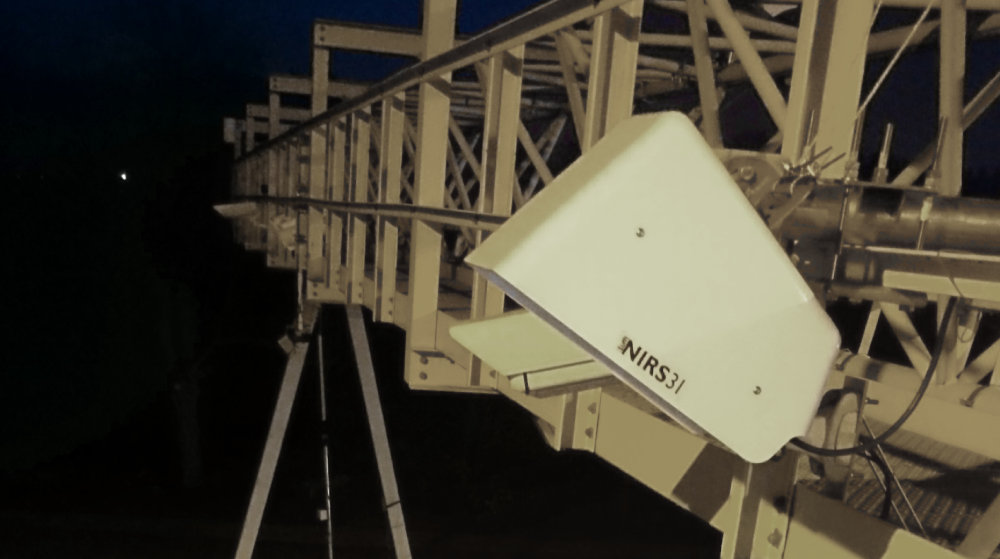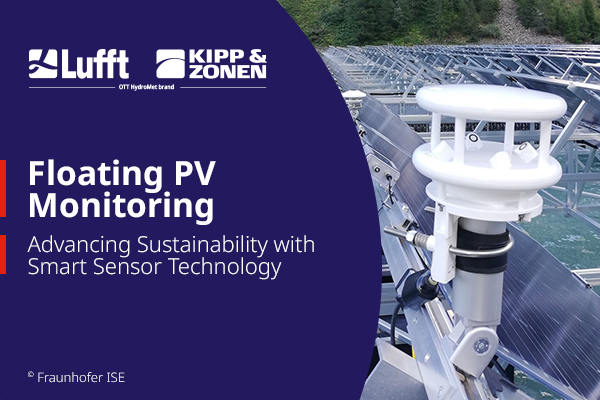Launched in 2008, the NIRS31 was Lufft’s first non-contact road weather sensor that allows easy installation without road closures and costly construction work. It is therefore particularly suitable for the use on bridges where the installation of embedded ground probes entails structural risks. As bridges are usually exposed to stronger winds and the cooling and evaporation of the underlying water it makes sense to monitor them thoroughly.
The NIRS31 was also the base for the development of the mobile sensor MARWIS and the latest stationary sensor with a lower installation height StaRWIS. Reason enough to dedicate this contribution to this sensor – with the best references!
Highway of Querétaro, Mexico
The Mexican Ministry of Communications and Transport has recently commissioned our Mexican partner Ingeniería Geofísica y Sistema S.A. de C.V. (IGS) to modernize and install new intelligent transport systems (ITS) along the federal bridges and motorways in Querétaro, Mexico. These include eight automatic road weather information systems (RWIS). Each station is equipped with a NIRS31 road weather sensor to monitor road condition, surface temperature, friction and more.
Spectroscopic road weather observation in Geislingen
In the southern German city of Geislingen, a road weather information system has been helping to optimize the winter service since the beginning of 2016. The station consists of the non-contact NIRS31 road weather sensor, a compact WS400 All-in-One weather sensor and a camera. In addition, a MARWIS mobile road weather sensor provides additional information directly from a patrol vehicle on the road. The measured values are evaluated and visualized using the ViewMondo monitoring software from Informatik Werkstatt. The customer is very satisfied with the station and is already planning another system.
RWIS across the Highways in Russia
There are three climate zones in Russia: The Arctic, the temperate and the subtropical climate. Sometimes the country is dominated by extreme temperature differences. That is why we and our Russian Partner carried out several long-term projects along the motorways throughout the country. These include 98 Lufft systems – consisting of the NIRS31 road weather sensor, a camera and the WS600 All-in-One compact weather sensor.
One of these projects is a RWIS on the M5 motorway, also known as the Ural motorway. This is a 1879 km long main road from Moscow to the Ural Mountains.
The 2018 Olympic Winter Games in South Korea
The district of Pyeongchang is in the South Korean province Gangwon-do and has nearly 43,700 residents. It was the venue for the 23rd edition of the Olympic Winter Games from January 29 to February 25, 2018.
Since weather data plays an important role for the smooth running of the winter games, we were involved in the games’ preparations and execution by providing the right measurement equipment to record and analyze environmental data. For this, the weather sensors WS500-UMB and the road sensor NIRS31 were installed all around the event venues. The non-contact road weather sensors were installed on the main roads in Pyeongchang in 2012 already. The data has been accessible publicly since commissioning on January 26, 2013 on the official homepage of the Korea Meteorological Administration.
Traffic Control System on German highway from Munich to Karlsruhe
The A8 motorway in Germany stretches over 291 kilometres between Munich and Karlsruhe. The route is equipped with a total of 11 ice alert systems equipped with Lufft sensors. One of them can be discovered between Leonberg and Wendlingen.



